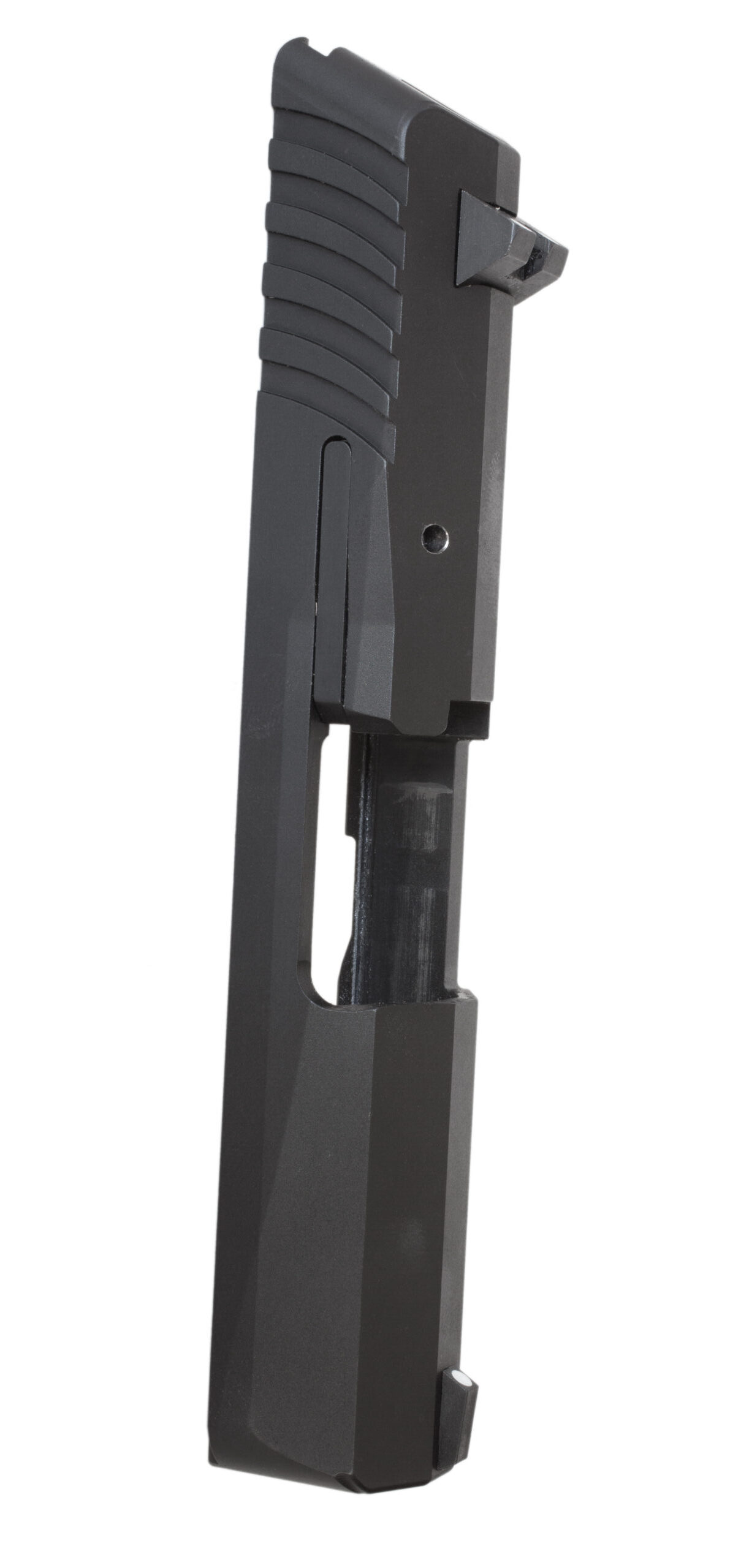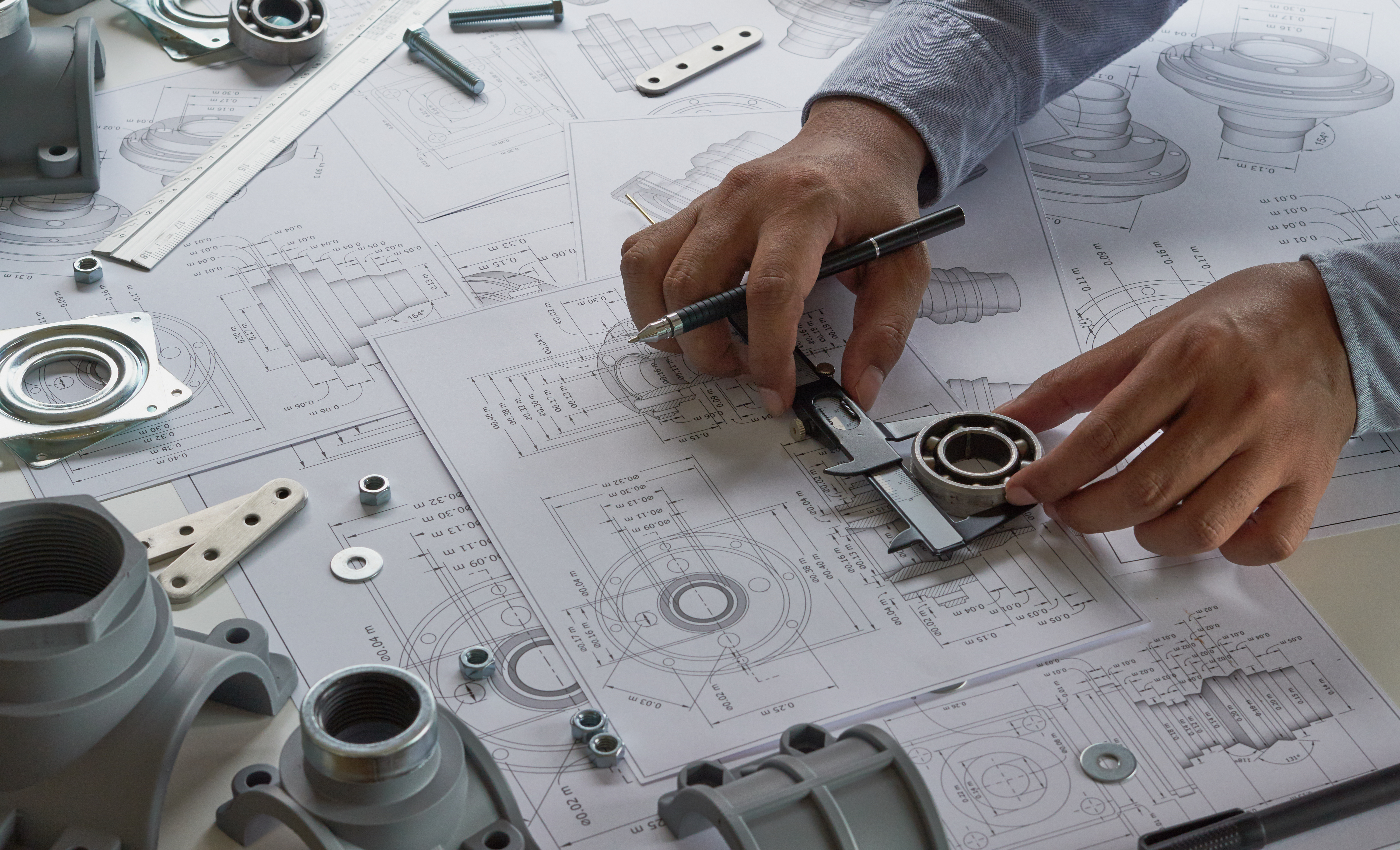
Overview
Phosphate coating for metals, especially iron and steel, layers phosphate over another metal substrate, such as zinc, to protect against corrosion. Phosphate coating a steel part provides an inert layer that will help prevent rust and provide a stable base for applying other coatings like paint.
Phosphates are dissolved in an acidic solution. When the metal part is submerged in the phosphate acid bath, a chemical reaction causes the phosphate to be deposited on the surface. The phosphate binds to the metal fairly even in thickness, regardless of the part’s shape. Oil is often applied to a phosphate coating to further protect against corrosion. This works well for preventing rust because the porous phosphate coating absorbs the oil, and together, the two create an effective barrier. Nico Products provides Zinc Phosphate and Manganese Phosphate options.
Applications and Specifications of Phosphate
Specifications
MIL-DTL-16232
TT-C-490
MIL-DTL-16232
The coating weight prior to supplemental treatment shall be a minimum of 16 grams per square meter or less, if specified.
Degreasing and abrasive blasting shall be used before Phosphating unless otherwise specified.
Parts with a surface or thru hardness of Rockwell C 39 or greater may need to be stress-relieved before Phosphate coating. An embrittlement relief bake is required for coating Types M & Z on steel with a hardness of Rockwell C 39 or greater.


Request a Quote
How can Lindgren Group’s Avtec Finishing Systems and Nico Products Divisions partner with your company for greater success? Between our two facilities, we offer dozens of chemical and electroplating options, Gold Plating and other precious metal plating options, mechanical finishes, and quality systems to support our efforts in providing you with the best Metal Finishing available in the market today. Complete the form below to request a quote.
